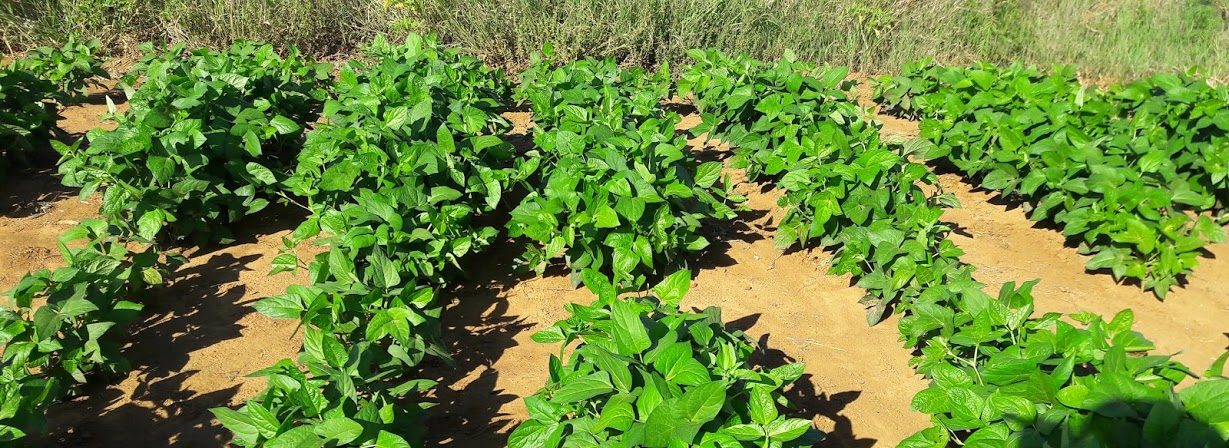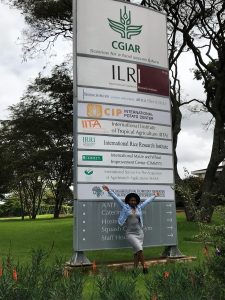The atmospheric concentration of CO2 is rising from a pre-industrial value of 280 ppm,it has now topped 400 ppm and has been rising by about 2 ppm per year for the last decade. These atmospheric CO2 levels are projected to increase further in the coming years (Ciais et al., 2014). As a result, there is a need to review the correlation that may exist between crops and the rising CO2 levels as this may affect the productivity and availability of forage crops. The effect of the increasing CO2 concentrations on plants is not a clear cut as research shows a wide variation in the long-term response of plant species to elevated CO2 levels (Lüscher et al., 1997). It should also be noted that the rate of photosynthesis is not only regulated by C02 but there are also environmental factors adding to the CO2 concentration(Kirschbaum, 1994, Kramer, 1981).(Wand et al., 1999) showed that elevated CO2 levels encourage an increase in leaf biomass and leaf area, with an increase of 33% and 44% for C3 and C4 plants respectively. This was in agreement with the findings of (Xie et al., 2015). However,(Milchunas, 2005) reported a decrease in the crude protein yield of C4 species and an increase in the crude protein yield of C3 species under elevated CO2.Taken together, these findings are an indication that the increasing atmospheric CO2 levels are most likely to affect livestock production through reducing forage quality.
Side Note: Check out the referenced articles on my "Bibliography".

 I have arrived in ILRI (Nairobi), where most of my research work will take place. I am really looking forward to learn, network and have fun!!!
I have arrived in ILRI (Nairobi), where most of my research work will take place. I am really looking forward to learn, network and have fun!!! All packed! All ready!
All packed! All ready!